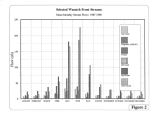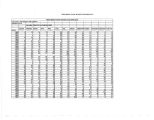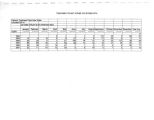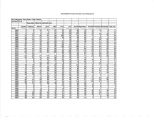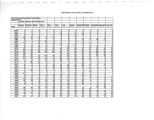| OCR Text |
Show Salt Lake City Watershed Management Plan ' 99 opportunity for residents to place these types of items outside their houses may alleviate some of the demand being placed on the dumpsters. • Recommendation: Determine the feasibility of instituting a " Trash Free Watershed" program for canyon users ( not canyon residents). Implementation: Conduct a pilot study in one area of the watershed by April 1, 2001. Explanation: Several years ago, the Maryland State Park system began designating many of its state parks " trash free." This was an effort to decrease maintenance costs and encourage more responsible behaviors from park visitors. The program uses minimal signage to notify the visitors that the area is " trash free," and that what ever trash is brought into the area must be taken out to be disposed of. Trash receptacles were no longer provided. As expected, this program took a little time to become effective, but is widely used throughout the state park system in Maryland. This program may help the problem of overflowing trash receptacles and the amount of trash that is intended for the trash can but falls on the ground. This program may also help reduce costs associated with trash removal and clean- up. People may also associate this program with the need to safeguard our watershed. It is recommended that the pilot program take place in a relatively small area that receives a moderate amount of visitation. City Creek or Millcreek Canyon would be good locations to test this program. K. WATER QUALITY 1. Water quality monitoring. • Recommendation: Continue to use coliform as the prime water quality indicator. Develop a new, comprehensive water quality monitoring program utilizing state- of- the- art technology to identify additional watershed indicators. Utilize biological water quality monitoring in addition to chemical monitoring. Page 85 |






































































































































































































